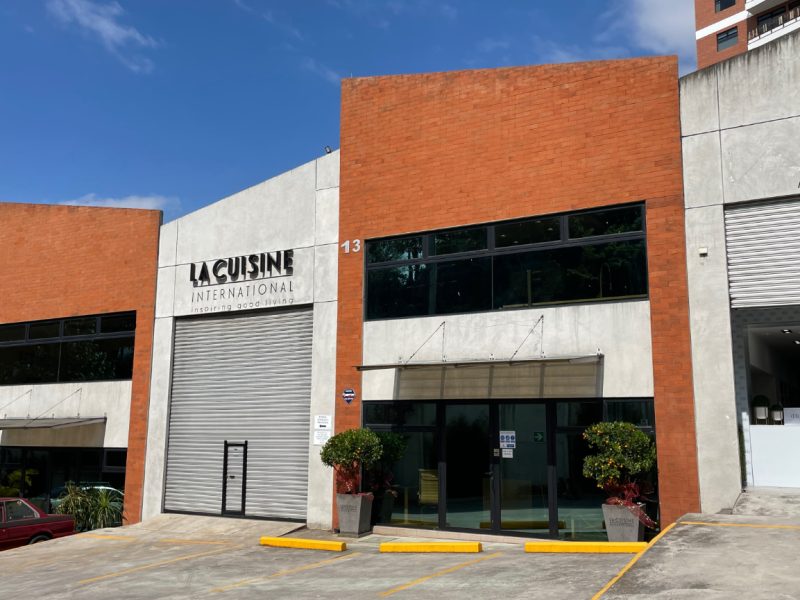
Our Company
Locations
Contact Us
Newsletter
Sign up to receive email updates on the latest products, collections and campaigns.
Many renowned architects have raised their voice in favor of the recovery of the noble practices of the profession, among them drawing. Experts in the subject believe that younger generations of professionals have lost interest and the ability to portray ideas the old fashion way, thus, delegating those tasks to software that -despite doing in minutes what took hours before- have taken away the allure and creativity from the process of conceptualization of a piece of work.
In that sense, Argentinean architect Adrián Navarro, who has been a professor of Space Design for the School of Design and Communication at the University of Palermo, states that the design of the new century presents the challenge of finding a balance between the use of new technological tools and the traditional ones related to handcrafted work. “The abuse of technology has led us to underestimate the importance of the idea as a core element of the design process.”
Architects as poets of the form
Following that line, Spanish architect/landscape architect Ángel Méndez says that even though modern elements are an advantage in terms of preparing the floor plans, elevations, sections, or constructive details to develop a landscaping or architectural project, such elements must be a second step after the initial creation of a project.
“The computer is rigid. It is more difficult to develop the imagination in front of a screen, even though once the ideas are generated, everything will progress quickly at the speed of a computer mouse. This is an idea that is taught in schools of architecture and one that students find difficult to understand at first. But after they grasp the importance of the pencil and overcome the barrier of the straight-jacketing software, they discover a whole new world: The world of creativity.”
Just as categorical in that matter was the opinion that the famous architect and Princeton professor Michael Graves gave to the New York Times. “Architecture cannot be divorced from drawing, no matter how impressive technology becomes. Drawings are not only final products: They are part of the thought process for architectural design. Drawing and expressing the interaction of our minds, eyes, and hands. This last statement is crucial to differentiate those who draw to conceptualize architecture from those who use a computer from the beginning.”
Drawing to know
A few years ago, the Colombian Association of Architects organized a workshop entitled “Learn how to draw by drawing.” At the core of it was the famous architect German Samper Gnecco and his broad portfolio of drawings (close to 5,500), which he had developed during his successful professional career.
With 93 years of age, Samper Gnecco, who studied with Le Corbusier in Paris, joined those who raise their voices in favor of drawing as an essential discipline for architecture, mentioning the advice that master Le Corbusier gave him in his youth: “If you want to know architecture you have to draw it.”
In said workshop participated important architecture scholars from the continent, and René Corredor, the architect that won the third place of the first I&D Contest, was invited as a panelist. “I seldom use Autocad and I draw most of my projects by hand, in three dimensions. The result is taken later to the plans and that is where the use of the computer is wonderful.”
Corredor insists that diverse software and all the technology help a great deal to the development of the initial idea. He argues that ideas are not conceived in computers, but in the mind, so the same must be immediately captured upon being born. The new generations have forgotten to use their hands and that is where the essence of this profession is located. An architect must know how to express an idea without having to use a mechanical element or a computer. That is why so many professors are eager to encourage new generations to return to the pencil, leaving the computer for the end of the process.”
Even though many believe this is a war that computers have already won, the truth is that the millennial generation, so inclined towards a virtual life and technological experiences, seems to have some room in their technological chips for the pencil to work. After all, as much as the computer seems to reign, everything holds up on paper, don’t you think?

Sign up to receive email updates on the latest products, collections and campaigns.
Carrera 9 Nº80-45
Bogotá D.C., Colombia
Monday to Friday: 11:00 a.m. - 07:00 p.m.
Saturday: 11:00 a.m. - 06:00 p.m.
(+571) 432.7408/7493
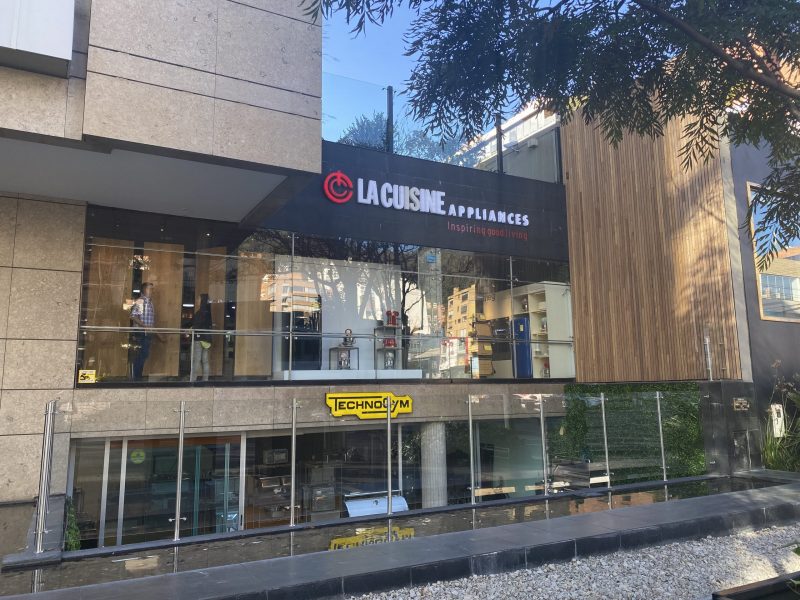
Calle 77 #72-37
Barranquilla, Colombia
Monday to Friday: 08:00 a.m. - 06:00 p.m.
Saturday: 09:00 a.m. - 01:00 p.m.
(+57) 605 352 0851
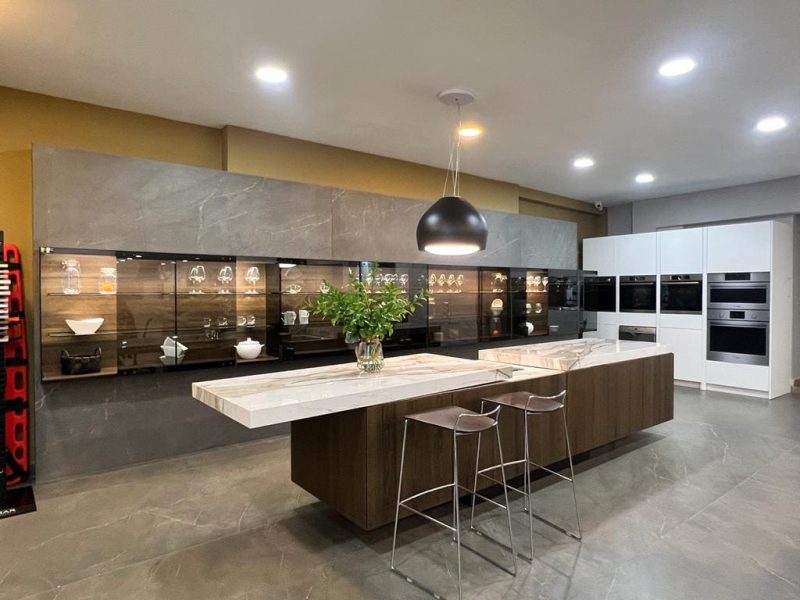
Edificio La Cuisine
Costado Suroeste, C.C. La Paco
Escazú, Costa Rica
Monday to Friday: 09:00 a.m. - 05:00 p.m.
Saturday: 10:00 a.m. - 04:00 p.m.
(+506) 4000.3555

Galerías de Puntacana No. 51
Punta Cana, La Altagracia, R.D.
Monday to Friday: 09:00 a.m. - 06:00 p.m.
Saturday: 10:00 a.m. - 01:00 p.m.
(809) 378.9999

C/Rafael Augusto Sánchez No.22,
Piantini, Santo Domingo, R.D.
Monday to Friday: 09:00 a.m. - 06:00 p.m.
Saturday: 09:00 a.m. - 01:00 p.m.
(809) 378.9999

18187 Biscayne Bvld., Aventura
FL 33160
Monday to Friday: 10:00 a.m. - 06:00 p.m.
Saturdays by appointment.
(786) 322 5432
www.lacuisineappliances.com
sales@lacuisineappliances.com

3232 Coral Way,
Miami FL 33145
Monday to Friday: 10:00 a.m. - 06:00 p.m.
Saturday: 10:00 a.m. - 03:00 p.m
(305) 442-9006
www.lacuisineappliances.com
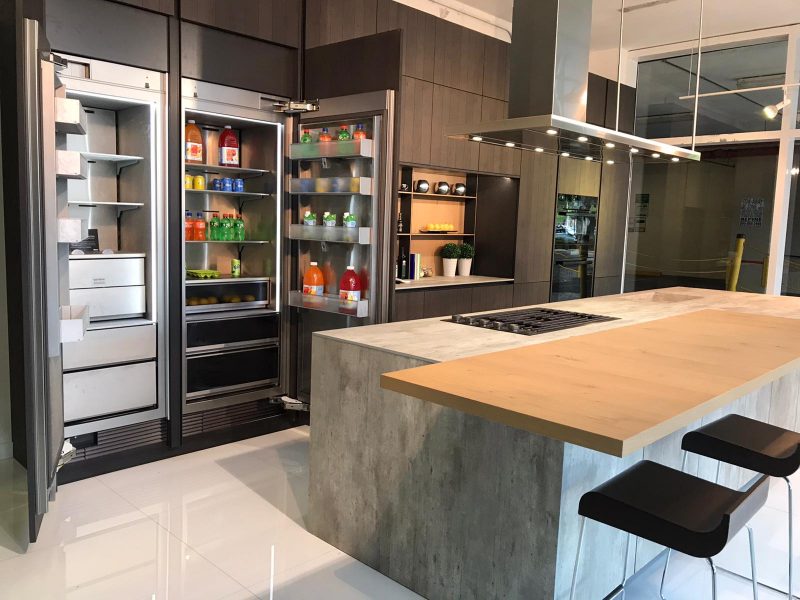
2005 NW 115th Avenue
Miami, FL 33172
Monday to Friday: 09:00 a.m. - 05:30 p.m.
Saturday: Closed
(+1) 305 418.0010
info@lacuisineinternational.com
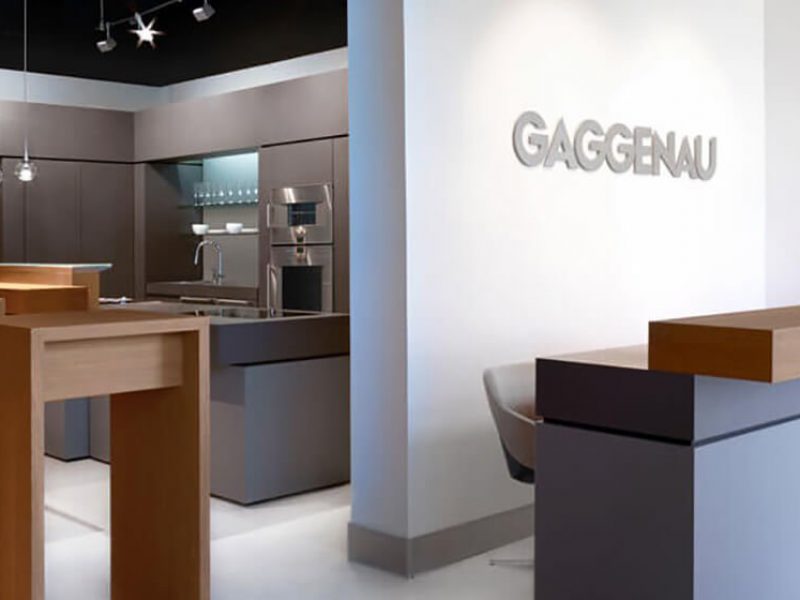
Obarrio. Av. Samuel Lewis,
Addison House Plaza,
Local No.11, Panamá
Monday to Friday: 09:00 a.m. - 06:00 p.m.
Saturday: 10:00 a.m. - 04:00 p.m.
(+507) 265.2546/2547

Av. Caminos del Inca 1603,
Santiago de Surco, Perú
Monday to Friday: 10:00 a.m. – 07:00 p.m.
Saturday: 10:00 a.m. – 01:00 p.m.
(+511) 637.7087

Centro Comercial San Ignacio, Nivel C, local No.5
Caracas, Venezuela
Monday to Saturday: 10:00 a.m. – 07:00 p.m.
(+58) 212 264.5252
(+58) 414 018.5352 (Wholesale)
ventas@lacuisineappliances.com

Complejo Pradera Ofibodegas No.13,
20 calle final Z. 10 Km. 6.8 Carretera a Muxbal,
Santa Catarina Pínula, Guatemala
Monday to Friday: 08:00 a.m. - 05:30 p.m.
Saturday: 09:00 a.m. - 12:30 p.m.
(+502) 6671-3400
